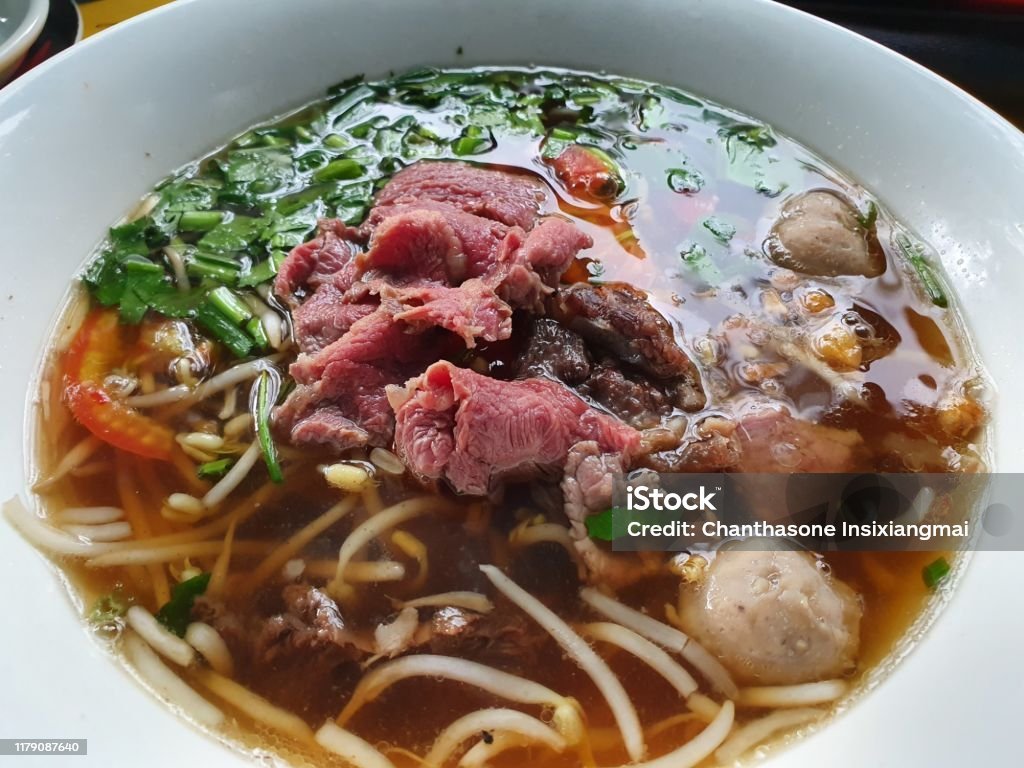
Vietnam’s Ca trù, a traditional art form, once faced the risk of fading into history. However, it has overcome many challenges to reaffirm its vitality. Thirteen years after UNESCO recognized it as an intangible cultural heritage in urgent need of safeguarding, Ca trù has experienced a remarkable revival. Today, this unique art form is thriving, attracting younger audiences and sparking the establishment of numerous clubs devoted to its preservation.

Ca trù is known by various names, such as hát ả đào, hát cửa đình, hát cửa quyền, hát cô đầu, hát nhà tơ, hát nhà trò, and hát ca công. It is an art form rich in “chamber” characteristics, showcasing a harmonious and masterful combination of poetry, music, and, at times, dance and theatrical performance.
The Scholarly Legacy of Ca trù
Ca trù is not just a performance art; it is a cultural treasure that embodies Vietnam’s rich traditions. Combining poetry, music, and philosophy, Ca trù reflects the spiritual and intellectual life of the Vietnamese people. It has played a role in festivals, rituals, literature, and the arts for centuries.
Although its origins remain uncertain, historical records show Ca trù gaining popularity in the 15th century. It was closely associated with giáo phường, guild-like organizations of performers who were highly skilled in their craft. Performances often took place in communal halls, temples, mansions, and singing houses (ca quán). Ca trù was not limited to local communities; it also served intellectual circles and played an important role in state ceremonies and diplomatic receptions during Vietnam’s feudal era.
The singing style of Ca trù is diverse and intricate. Songs often use poetic forms rooted in Vietnamese literature. The most popular style is hát nói, a free-verse poetic form known for its literary sophistication. The lyrics are concise yet expressive, delving into themes ranging from romantic love to heroism, philosophy, and morality.
The ca nương (female lead singer) is the soul of the performance. She sings while rhythmically playing the phách, a wooden percussion instrument. Her training is rigorous, and her performance is refined to the smallest detail. Complementing her is the kép đàn (lute player), who uses the đàn đáy (three-stringed lute) to create melodies that harmonize with her voice. The audience (quan viên) also plays an interactive role, with one member acting as the trống chầu player. This individual uses a drum to provide feedback, expressing approval or critique through rhythmic beats.

The Revival of Ca trù
After decades of decline, Ca trù began to gain attention again. On February 23, 2020, Google celebrated Ca trù with a dedicated Doodle, showcasing its historical significance and cultural value. Google described it as a cherished art form, initially popular among the aristocracy before becoming a favorite in Hanoi’s urban society.
Despite this recognition, preserving Ca trù has not been easy. Traditionally, its knowledge was passed down orally and kept within small circles of performers, which made widespread transmission difficult. However, concentrated efforts by government agencies, international organizations, and dedicated artists have revived the art form.
A 2010 survey highlighted the scale of this revival. At that time, Vietnam had 63 Ca trù clubs with 769 members, including 513 ca nương, 256 kép đàn, and other performers. These clubs operate regularly, providing systematic training for future generations.
Hanoi, often referred to as the cradle of Ca trù, leads in preserving and promoting the art. From nine clubs in 2009, the city now has 16, with 50 trainers and 220 active practitioners. These clubs have not only revived traditional melodies but also composed 18 new songs to appeal to modern audiences. Regular performances are now held at venues like Bích Câu Temple, Quan Đế Temple, and Kim Ngân Communal House, drawing both locals and tourists.
Preserving the Cultural Treasure
The Vietnam National Institute of Music has made significant strides in preserving Ca trù. It has archived seven Ca trù dances, 42 melodies, 26 Han-Nom manuscripts, and about 25 books related to the art. These resources serve as valuable tools for research, teaching, and performance.
Additionally, the clubs in Hanoi and other regions have taken steps to revive lost elements of Ca trù. Over 30 traditional melodies, along with ceremonial rituals and dances, have been restored. Training programs have been standardized, ensuring that the next generation of performers receives a thorough education in the art form.
Another key development is the establishment of regular performance schedules. Unlike in the past, when Ca trù lacked specific venues and consistent programming, performances are now held weekly at designated locations. This consistency has helped build a dedicated audience while raising awareness about the art.



Sustaining the Revival
The revival of Ca trù has not been without challenges. Social prejudices and the decline of traditional values once threatened its existence. However, through perseverance, the art form has regained its place in Vietnam’s cultural landscape.
Today, Ca trù captivates audiences with its timeless beauty and profound artistry. Younger generations are showing increasing interest, drawn to its rich history and intricate performances. The support of local and international organizations has been instrumental in its revival.
Looking ahead, there is hope that Ca trù will soon shed its UNESCO classification as an endangered heritage. With sustainable development and continued efforts, it has the potential to thrive as a living art form, enriching Vietnam’s cultural identity and inspiring future generations.

In overcoming challenges and reviving its traditions, Ca trù stands as a testament to Vietnam’s dedication to preserving its cultural heritage. From its scholarly roots to its vibrant performances, Ca trù continues to inspire and connect people, proving that ancient art can still resonate in modern times.








